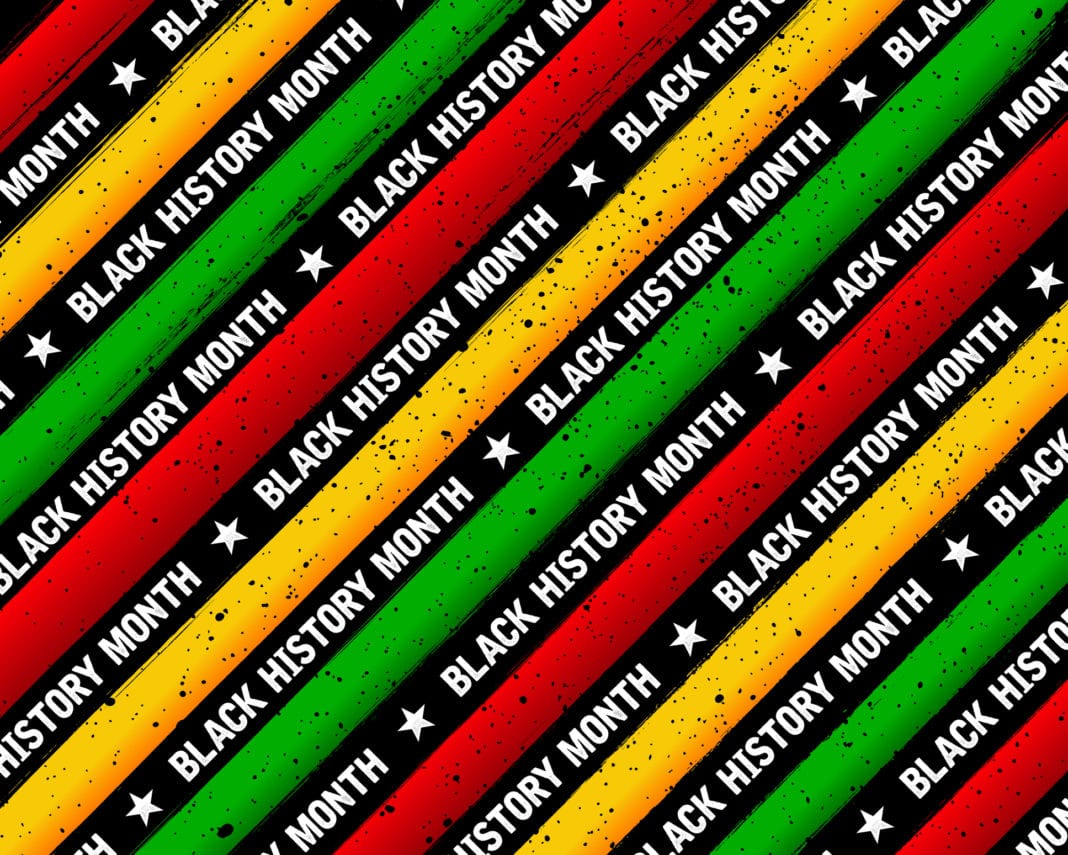According to the Tuskegee Institute, 4743 people, 72.7 percent Black, were lynched in the U.S. from 1882 to 1968. This number may appear high, but even then, not all cases of lynching were documented. “They were tortured, hanged, burned alive, dragged behind trucks, and in several cases, their bodies were dismembered and the pieces either discarded or kept by many as souvenirs,” said Paula Giddings, professor of Afro-American Studies at Smith College in the 2015 documentary, ‘The Origins of Lynching Culture in the United States.’
In that time period, lynching was used as a primary reinforcement tactic of inequality. The abundance of segregation, demoralization and racism was not enough for the first-class white society to separate themselves from Black individuals in which they deemed inferior.
With this violent act of hate predominantly being imposed on persons of color, The National Association for the Advancement of Colored People (NAACP), which was already fighting the Jim Crow era of segregation with its publication The Crisis, began investigating the hate behind lynching in 1916.
According to a Timeline article, “How the NAACP fought lynching… with pictures of a man being lynched,” that same year, The NAACP’s secretary, Roy Nash, enlisted an English-born suffragette, Elisabeth Freeman, to investigate the act of lynching on people of color in Waco, Texas, after the lynching of Jesse Washington, a black 17-year-old man who was accused of murdering Lucy Fryer, the white woman for whom he worked for on May 8, 1916. “The NAACP understood immediately upon hearing about Washington’s death that they needed to redouble their efforts,” said Andrew Belonsky of Timeline.
After just eight days in Waco, Texas, interviewing residents and collecting photographs from Washington’s lynching, Freeman had more than enough evidence of the cruelty of lynching and its use to heighten a notion of white supremacy in the country. Essentially, Freeman and the NAACP’s investigation on lynching culture flipped the script on the understanding of this hate crime. Belonsky said, “The NAACP had taken images originally intended for enthusiastic racists and turned them into evidence of racism’s viciousness, of the banality of evil in star-spangled America, in stark black-and-white.”
Once the NAACP began publishing Freeman’s investigation into lynching culture and spreading the images and words of its horrors to other regions, the NAACP continued to grow as the leading organization fighting for civil rights in America. Their work awakened a new generation of activists.
In 1920, the NAACP purchased a symbolic flag to be hung outside of its headquarters on Fifth Avenue in New York City. The simple black flag in white writing read, “A man was lynched yesterday.” Between 1920 and 1938, the flag was flown above the busy streets as a key component to their anti-lynching campaign.
Although the act of lynching has subsided in America, many would argue that acts of lynching still occur today. In 2015, revolutionary artist Dread Scott created an “updated” version of the NAACP’s notorious flag that reads, “a man was lynched by police yesterday.” His artwork is flown outside of the Jack Shainman Gallery, New York in protest to the ongoing concern with police brutality in America. “My art often looks at how the past sets the stage for the present but also exists in the present in new form,” said Scott. “This artwork is an unfortunately necessary update to address a horror from the past that is haunting us in the present.”





